Needles
B: Hey A, I need to learn something about needles for a project and I heard you are kind of an expert in this field. Can you maybe help me?
A: Of course, you came to the right person! Did you know that needles are very very old? The oldest known needles date back to the Paleolithic period and were made of bone. A notable example is about 43,000 years old and was found in Strashnaya Cave in western Altai. I'd say that makes them one of the first primitive tools ever to exist.
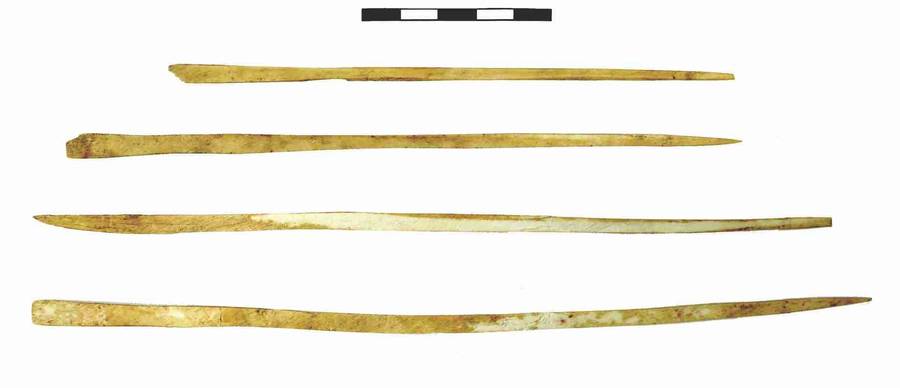
B: Oh yes, that's really quite old!
Can you tell me more?
A: Well sure, you are talking to the needle expert.
These needles were essential for sewing fur clothing, which enabled survival in cold climates. They were usually made of animal bone or ivory, with hand-drilled eyes. In some cultures, the ability to sew was considered as important as hunting.
Needles appear in almost all archaeological cultures – from Cro-Magnon people to Inuit tradition.
B: Wow, interesting! How does the story continue?
A: I'm glad you asked! In ancient times, pins were made of bronze, copper, or silver. Roman fibulae (garment pins) were both functional and decorative. In Greece and Rome, pins were used for clothing, hairstyles (hairpins), and even surgical procedures. Metal pins were often ornately decorated — they indicated social status.
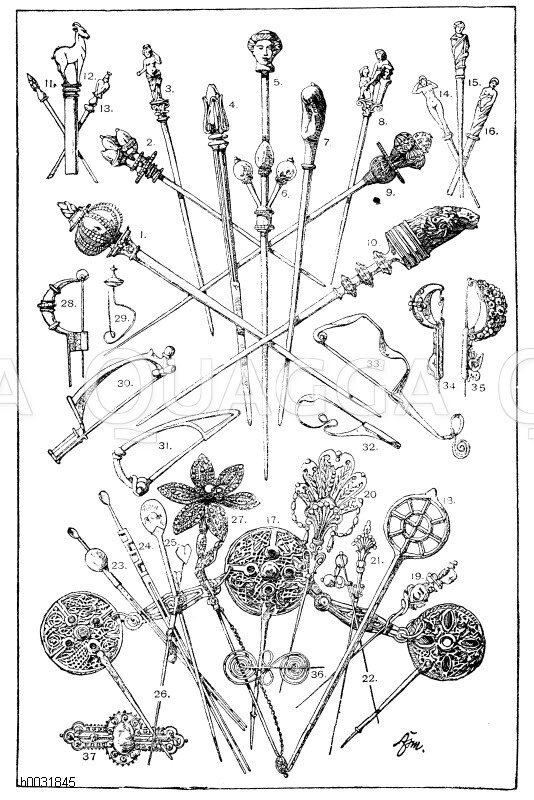
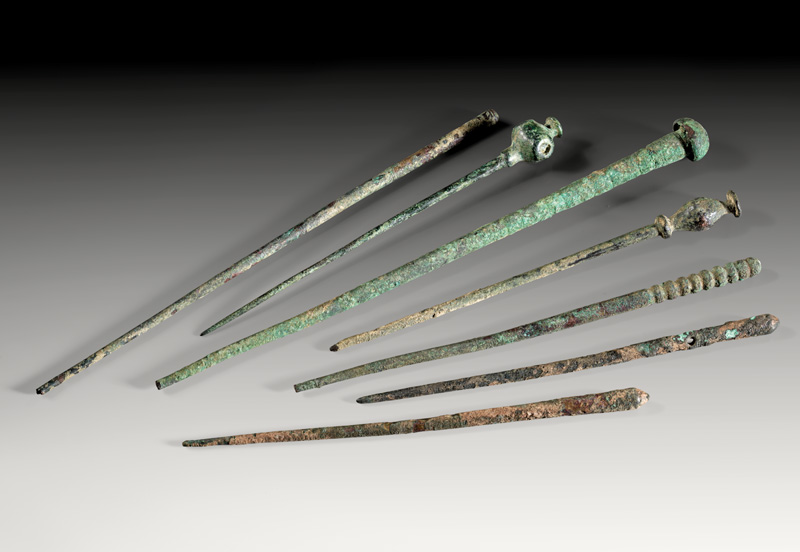
B:And what happened to the needles in the Middle Ages?
A: Then, in the Middle Ages, Needles were forged by hand. Cities like Nuremberg became centers of needlemaking. And Sewing became a central part of women's education and monastic activities. Embroidery and fine needles were used to depict religious and courtly themes. In monastic life, the needle was almost a sacred tool—silent handwork was considered a form of devotion.
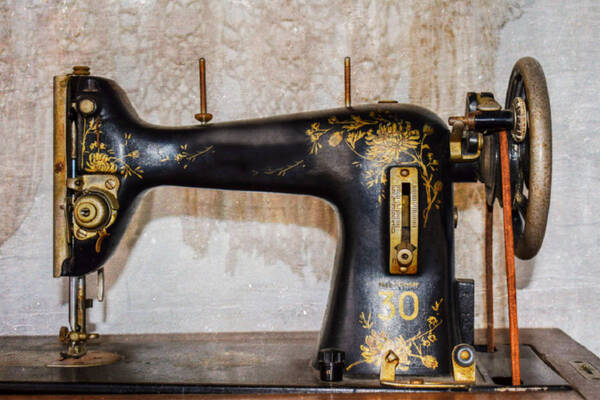
Later, in the 14th century, the systematic production of steel needles began in Europe. In the 18th and 19th centuries, industrialization enabled the mass production of needles – for example, using steam engines. The invention of the sewing machine (from around 1846) revolutionized the use and variety of needles. Specializations emerged: for fabric types, applications, and machines. The “needle industry” was a key sector in early capitalism (e.g., England, Germany).
B: What about needles in other cultures?
A: Great question!
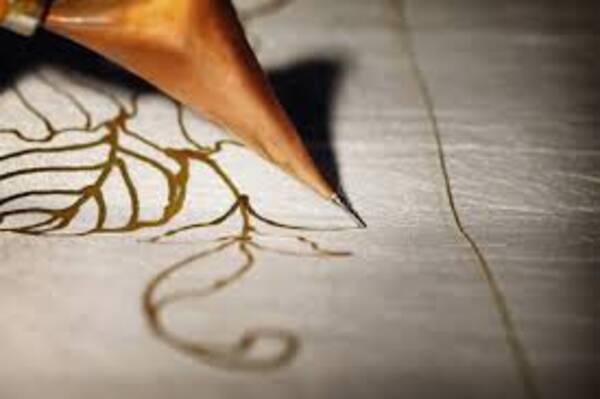
In many cultures, the needle is not just a tool, but a carrier of knowledge, ritual, and art. In East Asia, acupuncture needles have been used since the 2nd century BC – as a healing tool with energetic significance. In Indonesia, the art of batik developed with the tjanting, a type of needle used for applying wax. In Eastern Europe (e.g., Ukraine), kistka needles were used to decorate Easter eggs (pysanky) – with religious symbolism. In gold embroidery (e.g., in the Byzantine Empire), the needle was used to depict sacred motifs.
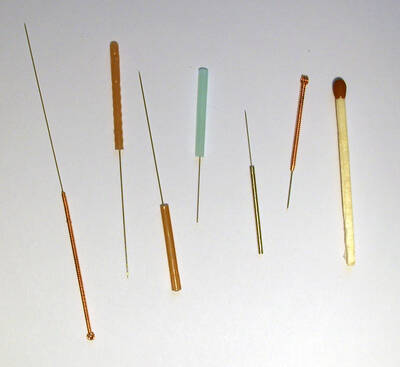
And then there is of course the needle as a Lifesaver In ancient times and the Middle Ages, needles were used surgically (e.g., for suturing wounds). The 19th century saw the development of modern cannulas and syringe needles. Today, needles are ubiquitous: in vaccinations, blood sampling, acupuncture, and infusion therapy. In modern societies, the medical needle is often a symbol of healing – but also of fear (phobia of needles, blood).
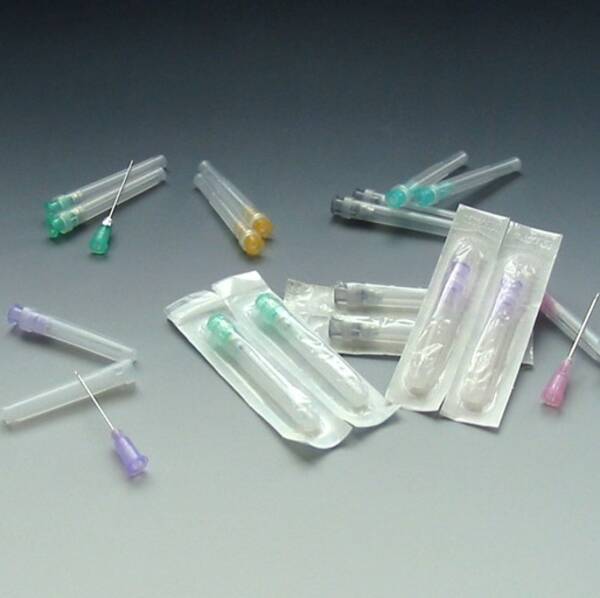
In generell one can say, that the needle is more than a technical object—it is a cultural artifact: It connects fabrics and, symbolically, people. It is a tool, a weapon, a medicine, and a means of expression. Its history reflects social development, gender roles, art history, and medical evolution.
B: Well thank you very much!
A: Hey B, are you still working on that needle project?
B: Yes of course!
A: And how is it going?
B: Well I'm still in my research phase, but I think it's going alright. Your input helped me a lot! I even started to have a look at my own needle collection. do you want to see it?
A: Yes sure!
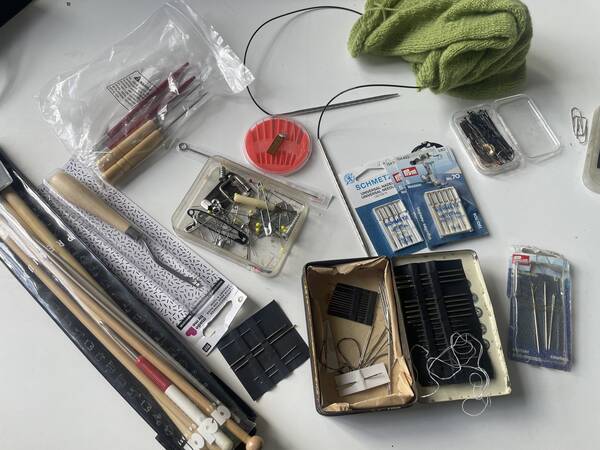
A: Oh wow, that are a lot of needles!
B: I know, and it's not even all of them!
A: Did you know that there is a sheer endless amount of needle variation?
B: I figured
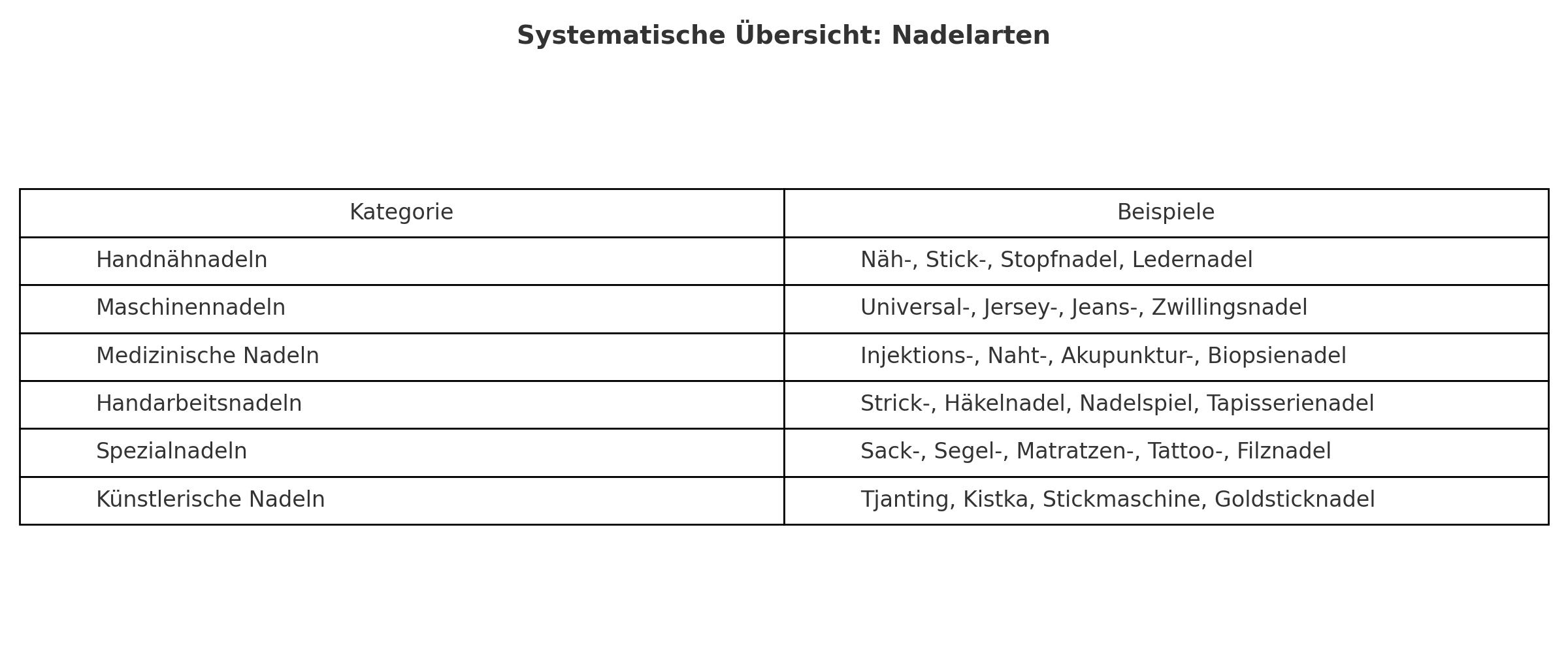
A: and that's also just a small overview
B: impressive
A: what caught your interest so far?
B: Well I'm really amazed by the quantity of needle variations as well as how divers this simple tool can be used. I think it's very interesting that the needle is a tool of connection and connecting. Also, did you realize that the needle quite often has something to do with beauty (in a broader sense)?
One needle that I think is very interesting is the tjanting needle.
But then there is something else that caught my attention.
A: Really, and what's that?
B: It's the way that needles are transported or stored.
Personal Research
It's just a stick…
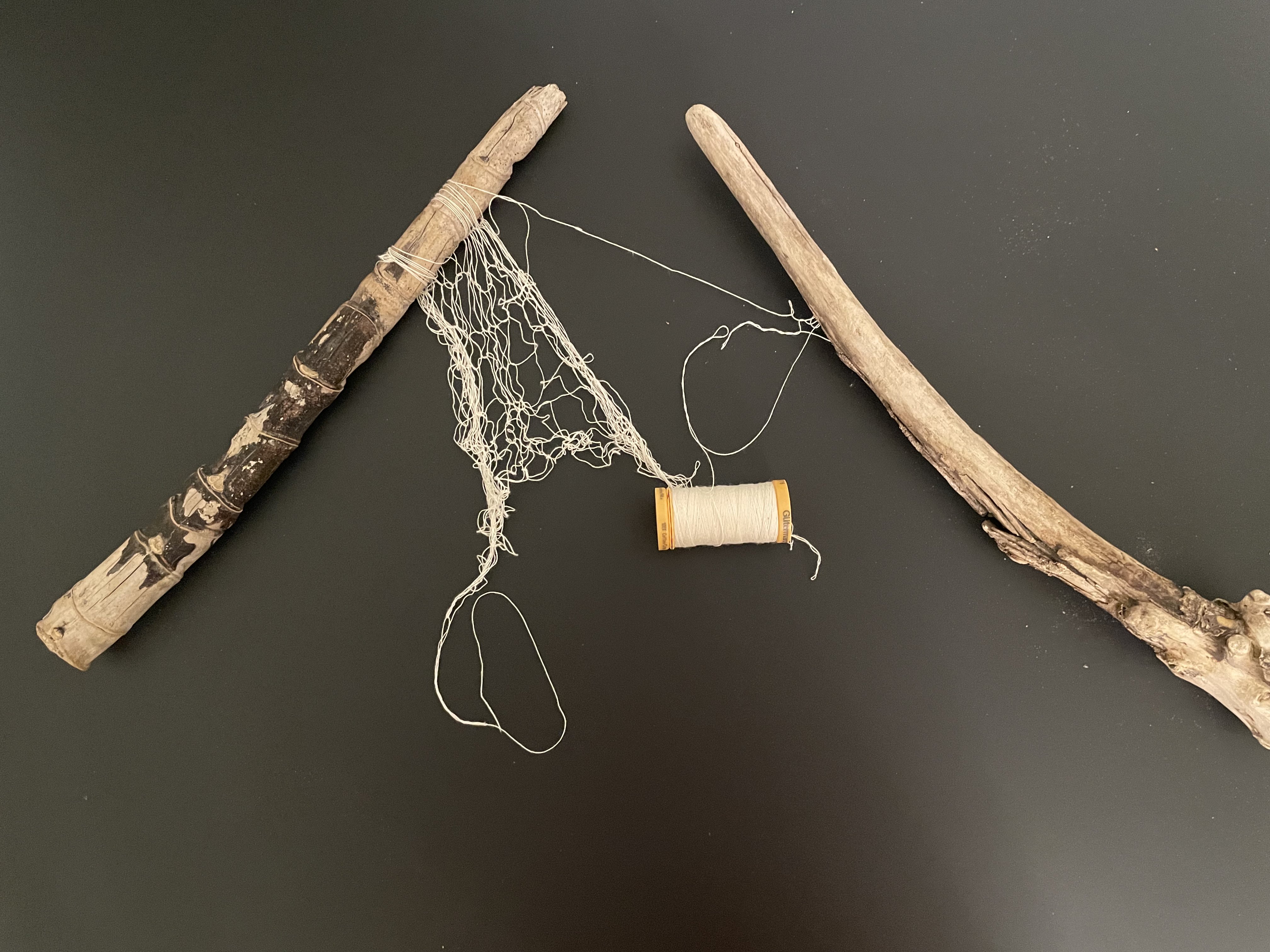
Two sticks having a conversation
About a net
Where are you from?
I don't really know
I come from many places
I learned to swim, before I could walk
I saw many seas
I've been wet and dry
I rested, before I became restless
Then, a wave, a net, rest